The Sahitya Academy and Sadhana Trust have jointly organized a special symposium on October 6th to discuss the literature of the late Vasant Bapat (and on October 7th for the literature of G.P. Pradhan) at the S.M. Joshi Socialist Foundation's auditorium in Pune. In the year 2021-22, Sadhana Weekly celebrated former editor, renowned poet Vasant Bapat's centenary. As a result, Sadhana conducted various programs and events throughout the year. This symposium is a part of that celebration wherein some eminent scholars and their contemporaries will discuss Bapat's literary career. In this context, we are publishing this article which highlights some aspects of Vasant Bapat's personality. This is the English translation of the editorial published on 'Kartavya' on July 26, 2021, on the occasion of Vasant Bapat's birth centenary.
Vasant Bapat, who lived for 80 years from July 25, 1922, to September 17, 2002, his birth centenary started, marking the beginning of a year-long commemoration. He is primarily recognized as a poet in the state of Maharashtra. In 1942, that is, at the age of twenty, he left home and actively worked underground in the 'Quit India' movement. After a few days, he was apprehended and spent one and a half years in jail. Later, he completed his education and became a teacher. In the meantime, he contributed to the Indian freedom struggle. The influence of Sane Guruji and his involvement in the Rashtra Seva Dal significantly shaped his life. Subsequently, he organized poetry readings along with Vinda Karandikar and Mangesh Padgaonkar, both within the state and abroad.
After the passing of Vasant Bapat, Padgaonkar said, "Vasant Bapat was a vibrant youth of poetic talent, connecting traditional and modern poetry. He was a talented gem." Vinda Karandikar also described him as having nine aspects to his personality: a teacher, poet, shahir (folk singer), lyricist, critic, editor, activist, speaker, and showman.
Taking the insights of these two renowned poets into consideration, Vasant Bapat appears as a multifaceted individual who seamlessly blended his roles as an educator, poet, folk singer, lyricist, critic, editor, activist, orator, and actor.
1. Teacher - He taught Marathi literature for one year in Dharwad, then spent 15 years at National College in Mumbai, followed by another 15 years at Ruia College, Mumbai. Finally, he dedicated his last three years as the head of the Rabindranath Tagore Chair at the University of Mumbai. In all of these places, the students he taught would go on to excel in various fields of life, influenced and inspired by his personality and teaching. Many of his students from Ruia College, in particular, would later shine in the field of literature, thanks to the guidance he provided beyond the curriculum. His commitment to imparting knowledge is reflected in the aspirations of all his students.
2. Poet - He started writing poetry at the age of twenty and continued to write poetry for the next sixty years. His first poetry collection titled 'Bijlee' was published at the age of thirty. Over the next fifty years, he published an additional 25 books of poetry collections, which covered various genres of poetry, including nature poems, love poems, patriotic poems, prayers, character sketches, and children's poetry. Some of his poems found their way into school textbooks for new generations of students. Some of his poetry collections have been included in the curriculum of various universities. In total, he wrote over a thousand poems.
3. Shahir (Folk Singer) - In the context of Marathi literature, three kinds of poets are traditionally recognized: saints, scholars, and minstrels (sants, pantss, tants). After Keshavsut, Vasant Bapat is considered the initiator of modern Marathi poetry. He had a strong influence from saints and scholars but made extensive use of minstrel-style poetry, known as "tant kavya" or "shahir poetry." This style is characterized by its ability to simultaneously entertain and enlighten the common people. Within this genre, there are the elements of Powadas and Lavanis. These forms of poetry are accessible and engaging to the general population and encompass a wide range of emotions, including inspiration and enthusiasm in powadas, sensuality in lavanis, and a gamut of feelings. In shahir-style poetry, one often finds the use of songs to convey the message, and this may be written or sung. Vasant Bapat was skilled in writing and performing lavanis and powadas and used both forms to communicate modern ideas and themes effectively.

4. Lyricist - Poetry, as a form of expression, is often seen in songs. However, it's commonly categorized and evaluated differently. Poetry tends to be more introspective, while lyrics are meant to be written externally, and this distinction is often emphasized. Vasant Bapat began with writing patriotic songs, focusing on freedom struggle themes. Later, he composed songs encompassing a wide range of emotions, including patriotic songs, emotional songs, and devotional songs. The songs " Chhadi Lage Chham Chham" from the movie "Shyamchi Aai" directed by Acharya Atre and "Gagan Sadan Tejomay" from the movie "Umbaratha" directed by Jabbar Patel have been listened to for such an extended period of time by the general public, and this fact highlights the enduring power and creativity within these songs. The longevity and continued appeal of these songs in the public's hearts is a testament to the artistic excellence they possesses.
5. Critic - While Vasant Bapat wrote relatively few critiques in the traditional sense of literary analysis, his contributions in this domain are significant. To get a sense of his critique, one needs to explore his book "Shatakachya Suvarnamudra." This book consists of 24 essays written during the period of 1900 to 2000, covering the modern Marathi poetry of that century. Another relevant work is "Taulanik Sahityabhyas - Mooltattve Ani Disha" (Comparative Literature) which primarily deals with political and social aspects of life. However, his extensive writing in this area can be found in "Visajipantachi Bakhar," a book that's a historical narrative written in the ancient Bakhar literary form. In this book, he explores various aspects of social life and provides a detailed analysis. Additionally, he wrote three travelogue-style books ("Bara Gavach Panee," "Aha Desh Kasa Chan!" "Goshti Deshantrichya") that serve as social critiques, discussing the social life and conditions of different regions.
6. Editor - The day before his death, Sane Guruji wrote a letter in which he expressed his wish that after his passing, Acharya Javadekar and Raosaheb Patwardhan should become the editors of "Sadhana," and Vasant Bapat and Yadunath Thatte should collaborate with them. At that time, Acharya and Raosaheb were both in their sixties, while Vasant Bapat and Yadunath were only 28 years old. This suggests the immense faith and trust that Sane Guruji had in Vasant Bapat regarding their capabilities. Vasant Bapat was closely associated with "Sadhana" magazine, being involved from its very first issue until its 50th anniversary. Moreover, from 1984 to 1998, for a period of 14 years, he served as the editor, alongside G. P. Pradhan. Many of his writings and articles are preserved in "Sadhana" magazine, and two books containing his work are published in Sadhana.
7. Activist - Vasant Bapat started his public life as an activist, and he remained dedicated to the cause of nation-building throughout his life. He was an active member of the Rashtra Seva Dal, an organization primarily focused on civil empowerment and civic engagement. Through his participation in this organization, he contributed significantly to various aspects of public service.
His involvement extended to cultural activities and art forms, including theater, folk music, dance, and more. He played a pivotal role in organizing and participating in various cultural programs like Shivdarshan, Maharashtra Darshan, Bharat Darshan, and others, which were conducted in villages across the state. His contributions in the fields of drama, folk art, music, dance, and other cultural expressions were integral to the promotion of cultural awareness and education.
Additionally, he actively participated in and promoted various traditional and contemporary art forms like Tamasha, Lok Natya (folk theater), Path Natya (street theater), music, dance, lavanis (folk songs), and other forms of folk art. He played a significant role in the awakening of consciousness among the people and engaged directly or indirectly with the volunteers of the Seva Dal in their various activities, ultimately contributing to their work as dedicated activists.
8. Orator - Wherever Vasant Bapat went, he left a lasting impact as an eloquent and effective speaker. Whether it was comparing programs, delivering speeches, participating in discussions, or addressing gatherings, he always stood out as a charismatic and powerful speaker. Even as a young man, Vasant Bapat was able to captivate audiences with his artful and profound speeches. He had a way of connecting with people that was both simple and artistic. He was equally comfortable addressing people on the radio and through television. His speeches on All India Radio (Akashvani) and Doordarshan (Indian National Television) were marked by their simplicity, artistry, and the ability to resonate with the audience. He delivered a speech on the topic of "New Generation and Old Generation"(click here to listen) for Pune's All India Radio on November 23, 1995. The speech is only 10 minutes long, but it is imbued with enthusiasm and purpose, leaving a lasting impression on the minds of listeners from any generation. In 1999, he served as the president of the All India Marathi Literature Conference (Akhil Bharatiya Marathi Sahitya Sammelan) held in Mumbai. During his speech at this conference, which was about Shivsena Leader Balasaheb Thackeray's authoritative tendencies, it was bold and powerful, comparable only to Durga Bhagwat's speech during the emergency.
9. Showman - Vasant Bapat was not only a prolific writer, an insightful critic, a dynamic actor, an influential educator, a talented poet, a committed activist, an effective orator, but he was also a remarkable showman. His showmanship was evident in his charismatic and engaging presence. During the recitation programs of the poetic trio - Bapat, Padgaonkar, and Karandikar, Vasant Bapat was primarily responsible for adding showmanship to the performances. He brought a unique sense of drama, emotion, and artistry to their recitations, captivating audiences with his exceptional stage presence. One of the most notable programs that showcased his showmanship was "Sundara Manamadhye Bharli". This program marked a significant discovery of his showmanship skills. His ability to create a visual and emotional impact during performances left an indelible mark on those who witnessed it. If you are interested in experiencing his showmanship, you can watch his interviews with the eminent political leader S. M. Joshi and the legendary classical singer Kumar Gandharva, (click here and here to watch) both of which showcase his captivating and engaging presence. Vasant Bapat's showmanship was an integral part of his multifaceted personality, making him not only a literary giant but also an unforgettable and charismatic performer.
Vasant Bapat's personality has various dimensions. However, there are other personalities in Maharashtra, from the past century, with even more captivating aspects. Prominent examples from the previous century include P. L. Deshpande and Acharya Atre. And there are greater examples to be drawn from the likes of Rabindranath Tagore and Shivaram Karanth on the broader Indian canvas. Here, it's not about comparing Vasant Bapat to P L or Atre, or Tagore and Karanth. But revealing that Vasant Bapat belonged to a specific class or category is certain. Thus, organizing Vasant Bapat's centenary has a broader connotation, exploring the diverse aspects of contemporary social life. In the upcoming year, this task will be accomplished through Sadhana Weekly, Sadhana Publications, and the Kartavya Sadhana.
(Translation : Meghana Kavale)
- Editor, Sadhana
kartavyasadhana@gmail.com
Tags: marathi poetry literature birth centenary sahitya academi symposium biosketch Load More Tags

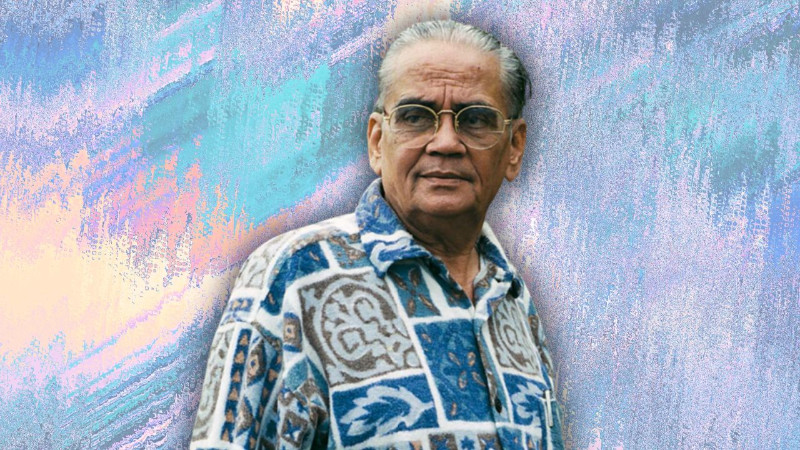


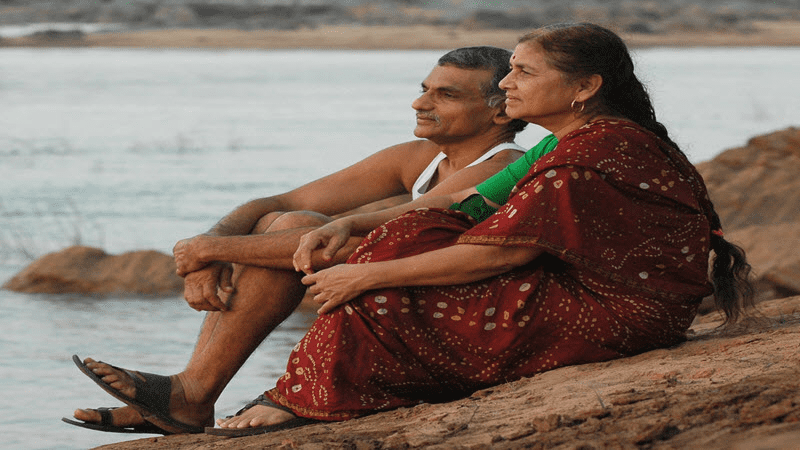
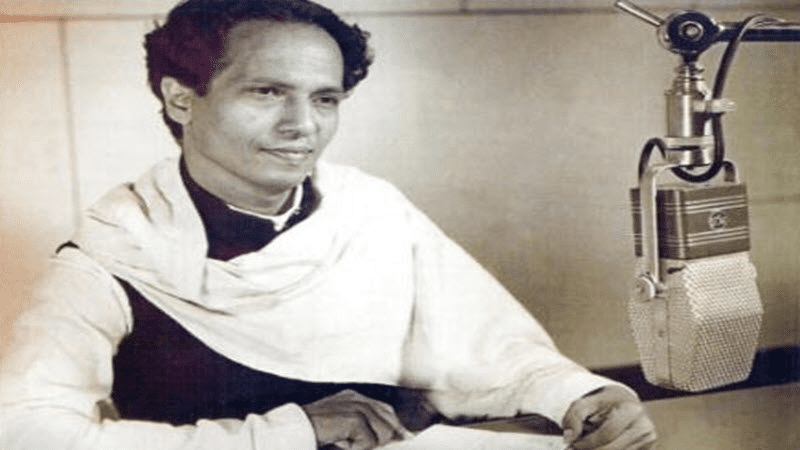

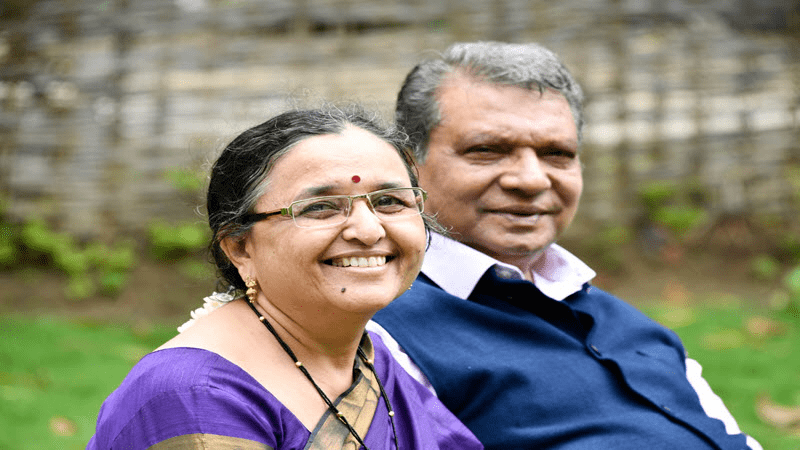
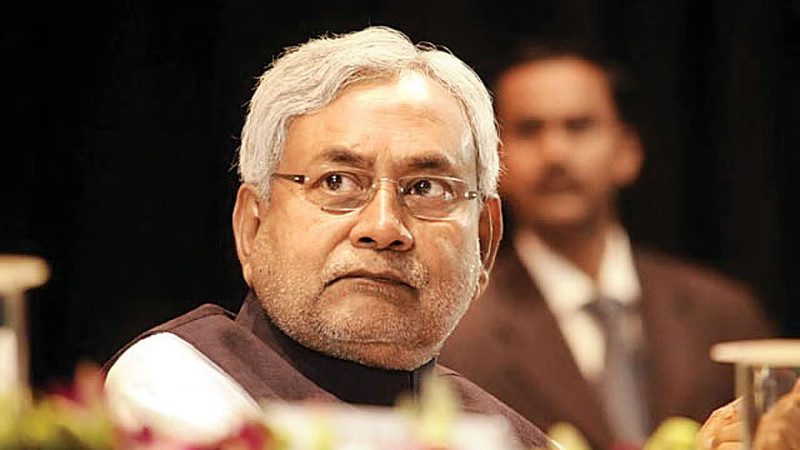
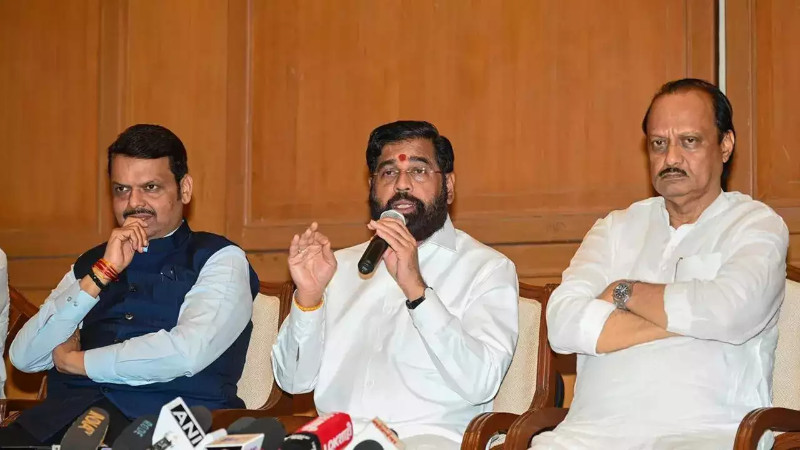
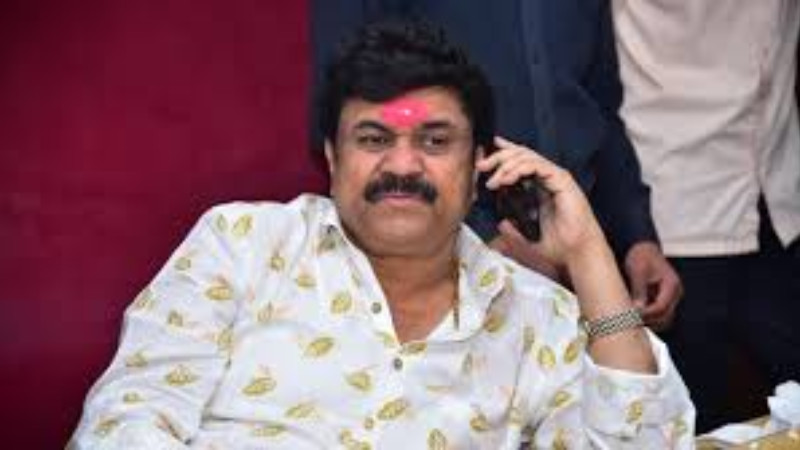
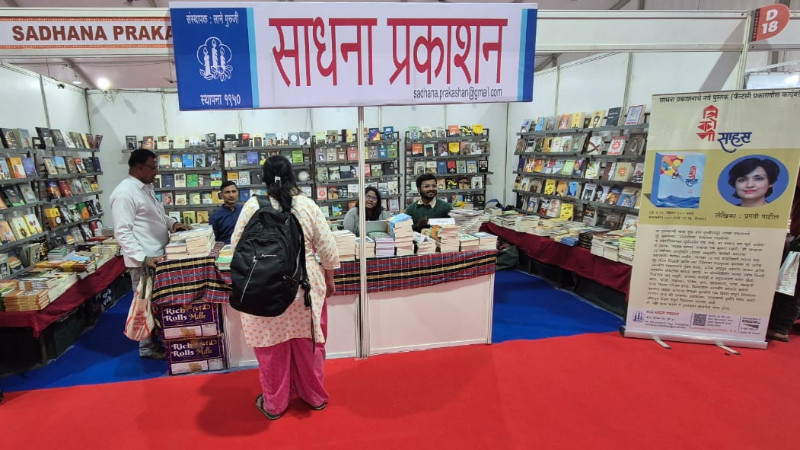
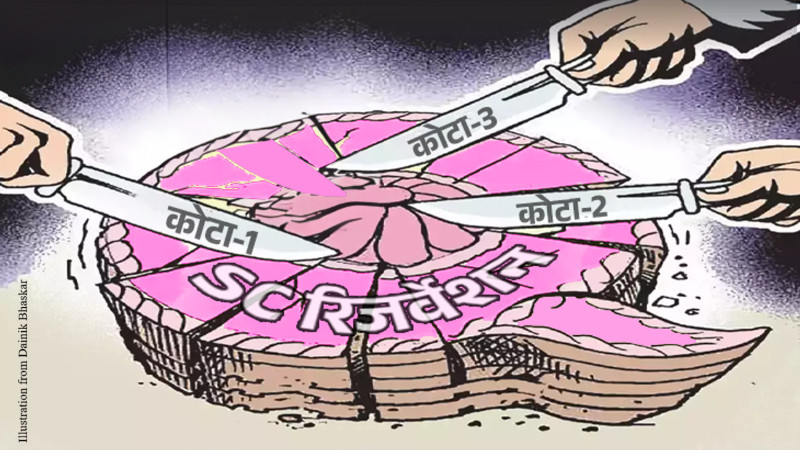
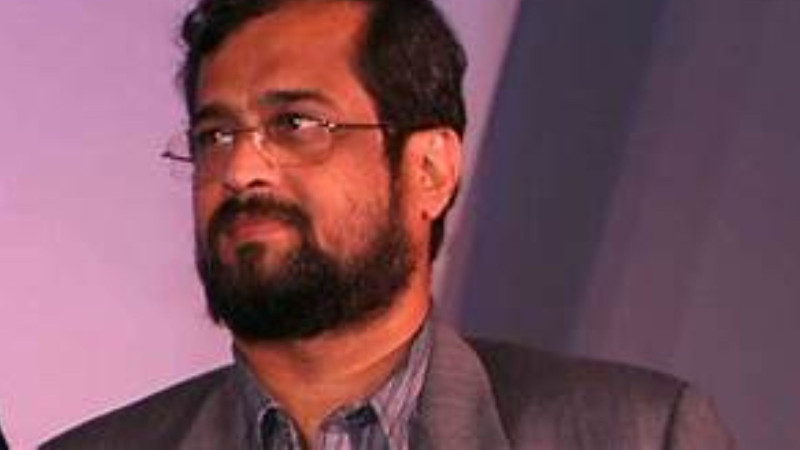

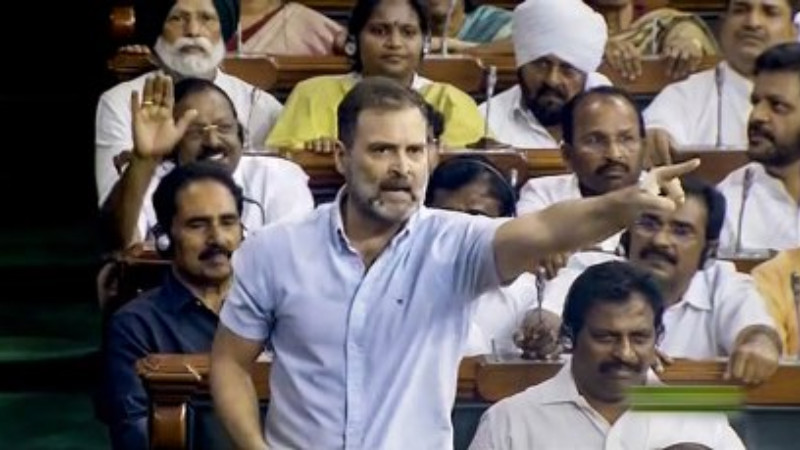
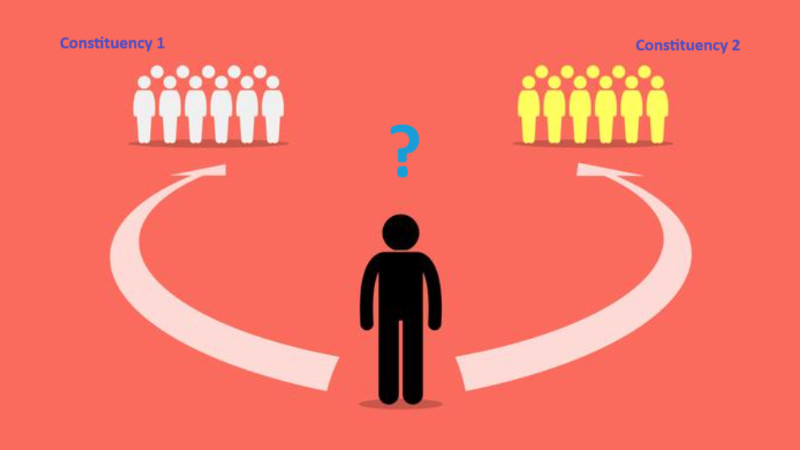
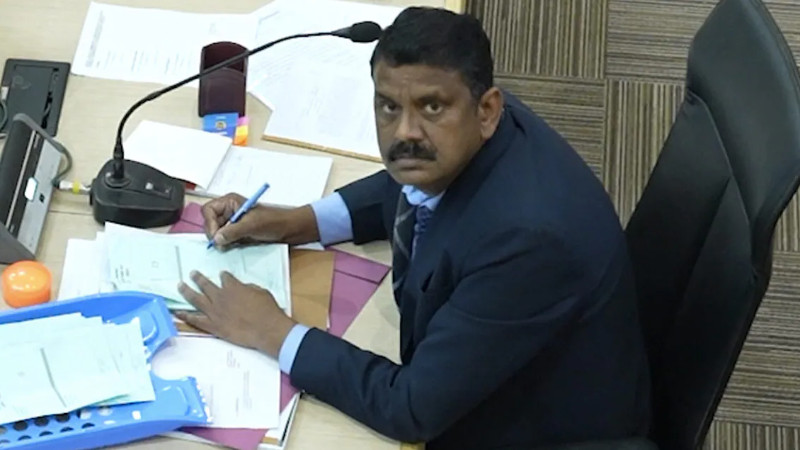
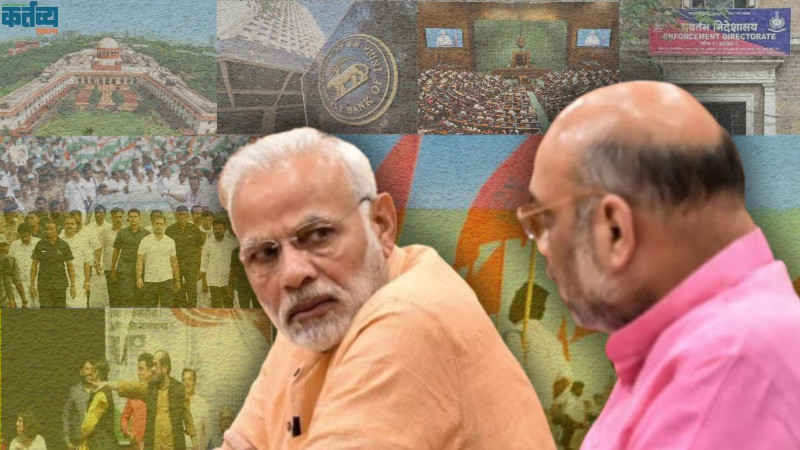
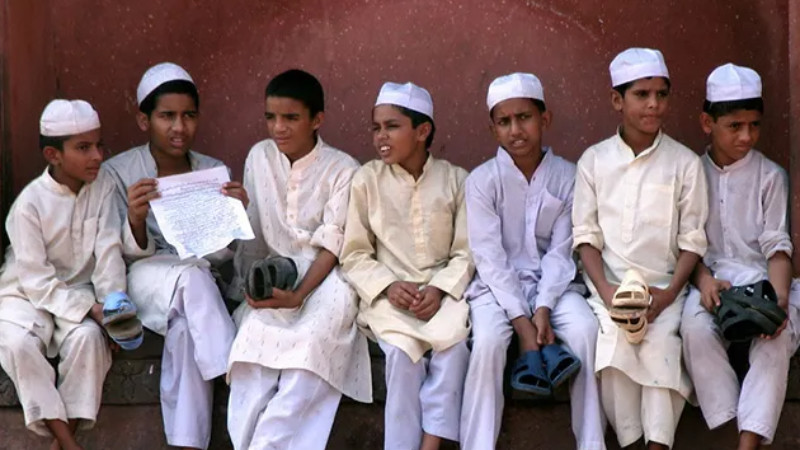
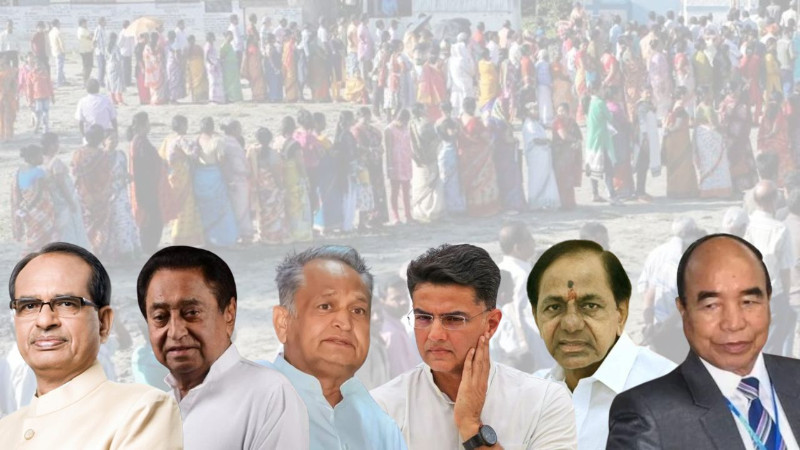
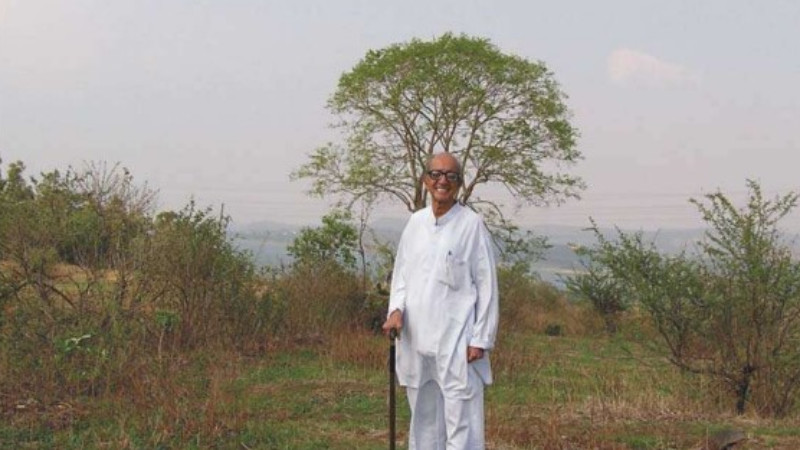
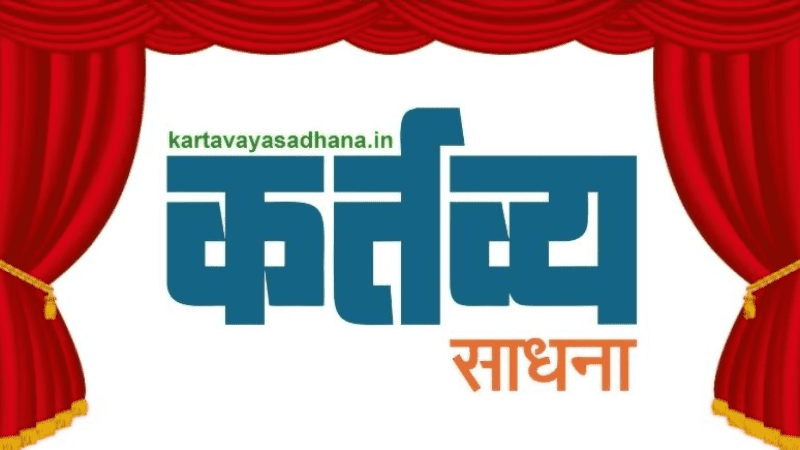
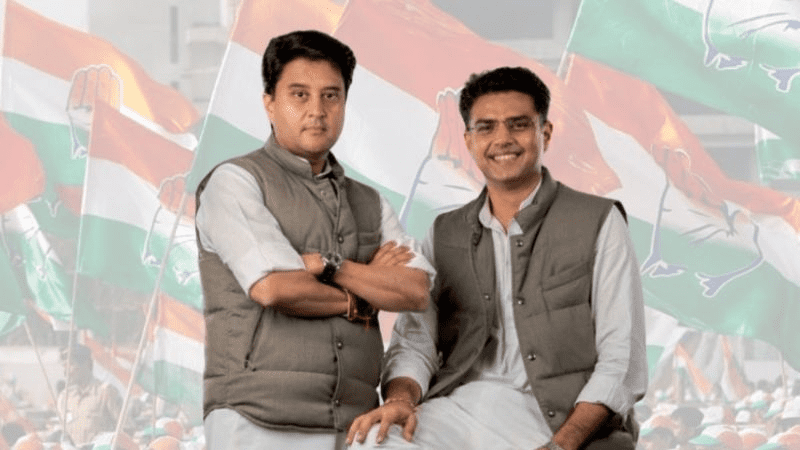
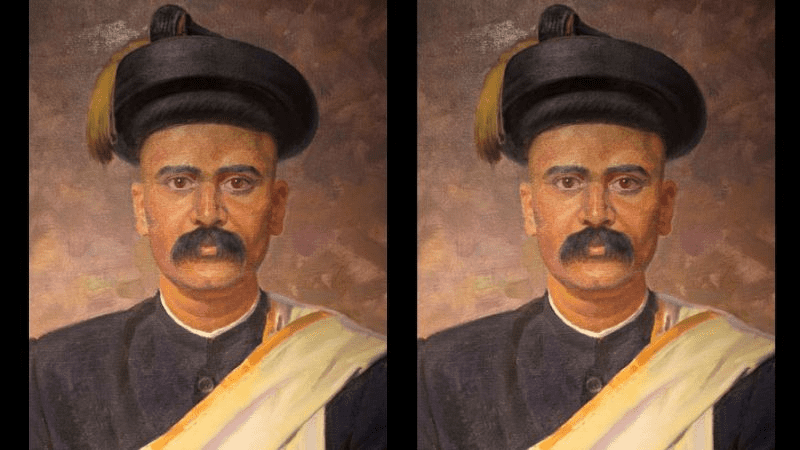
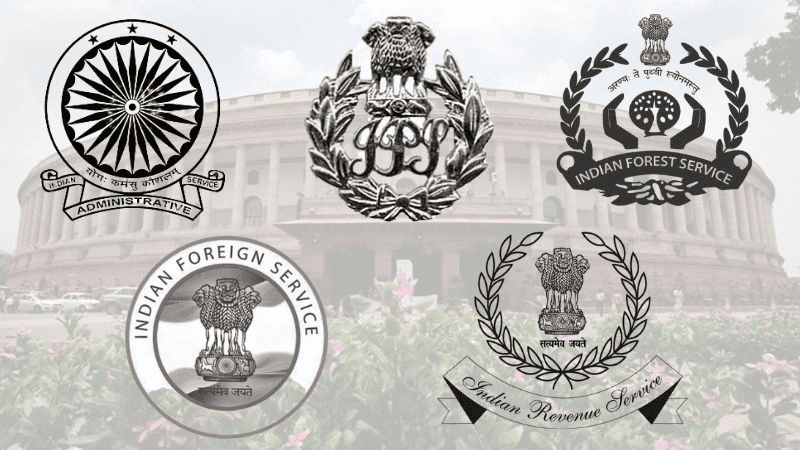
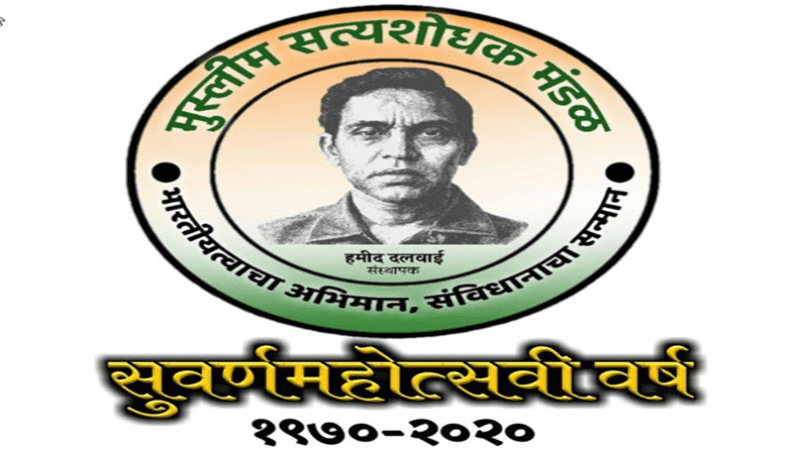
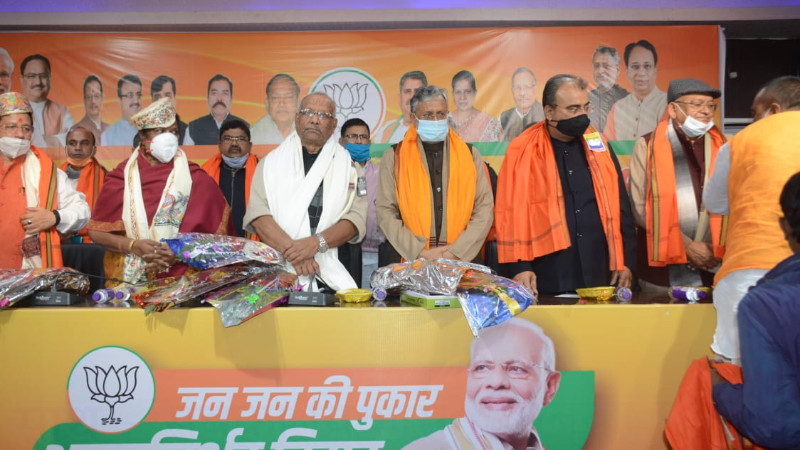
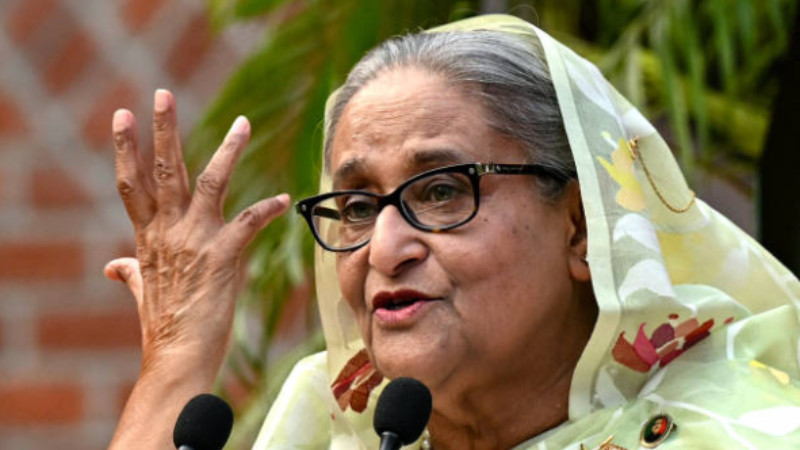

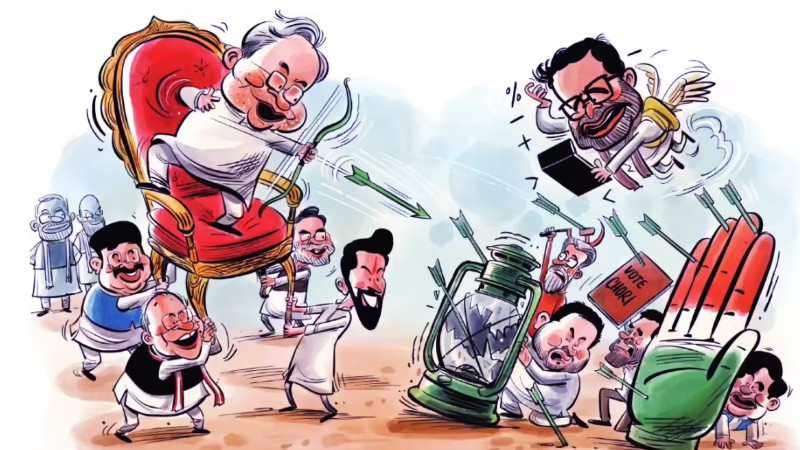
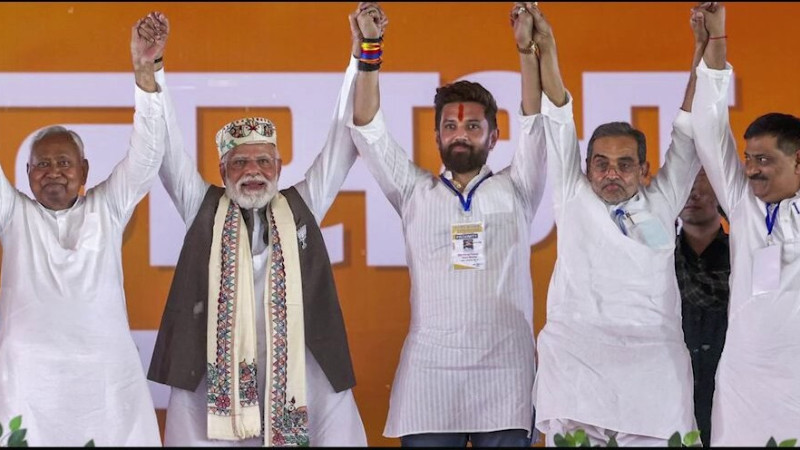
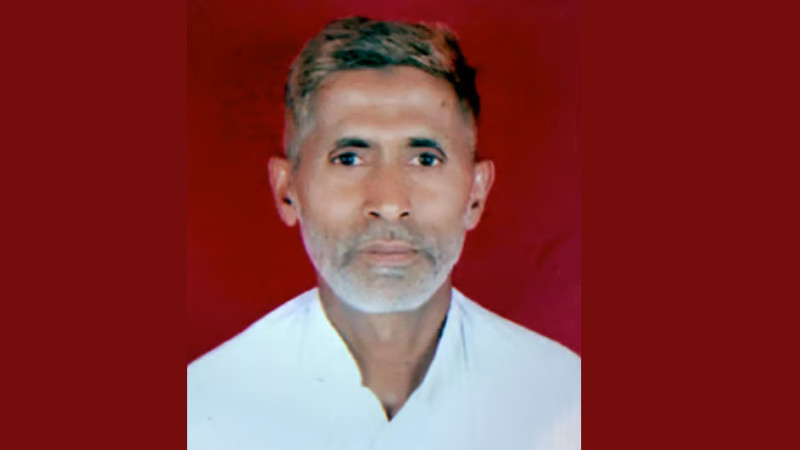
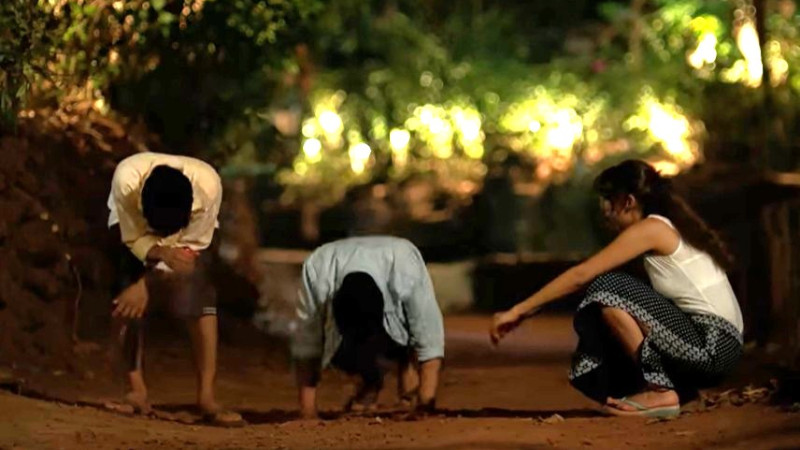

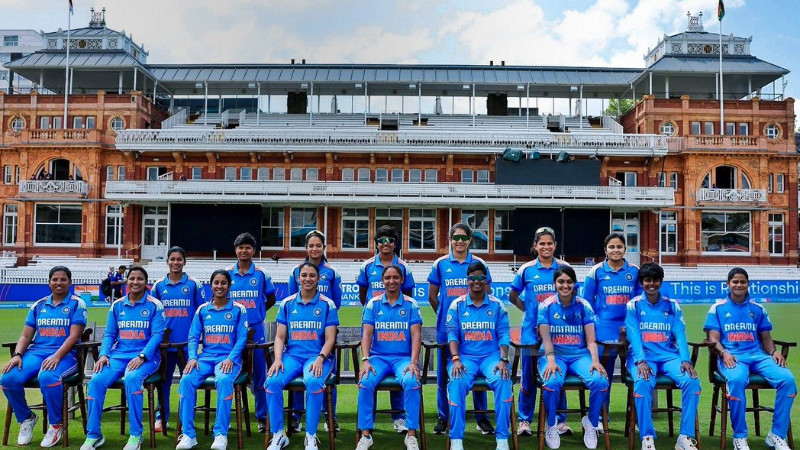
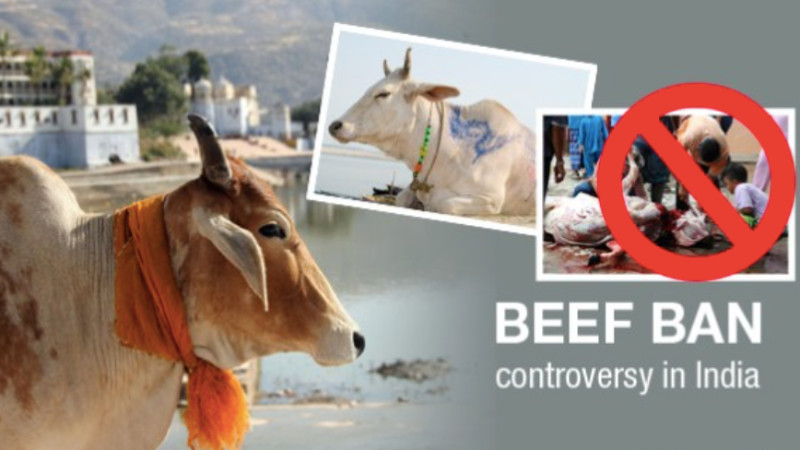
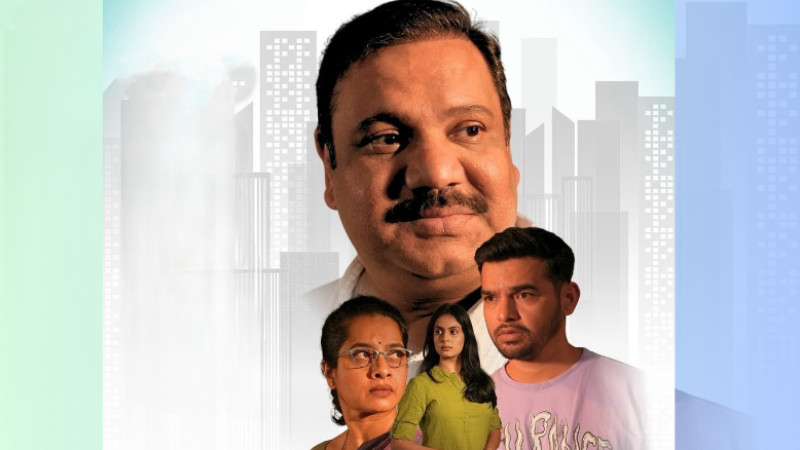
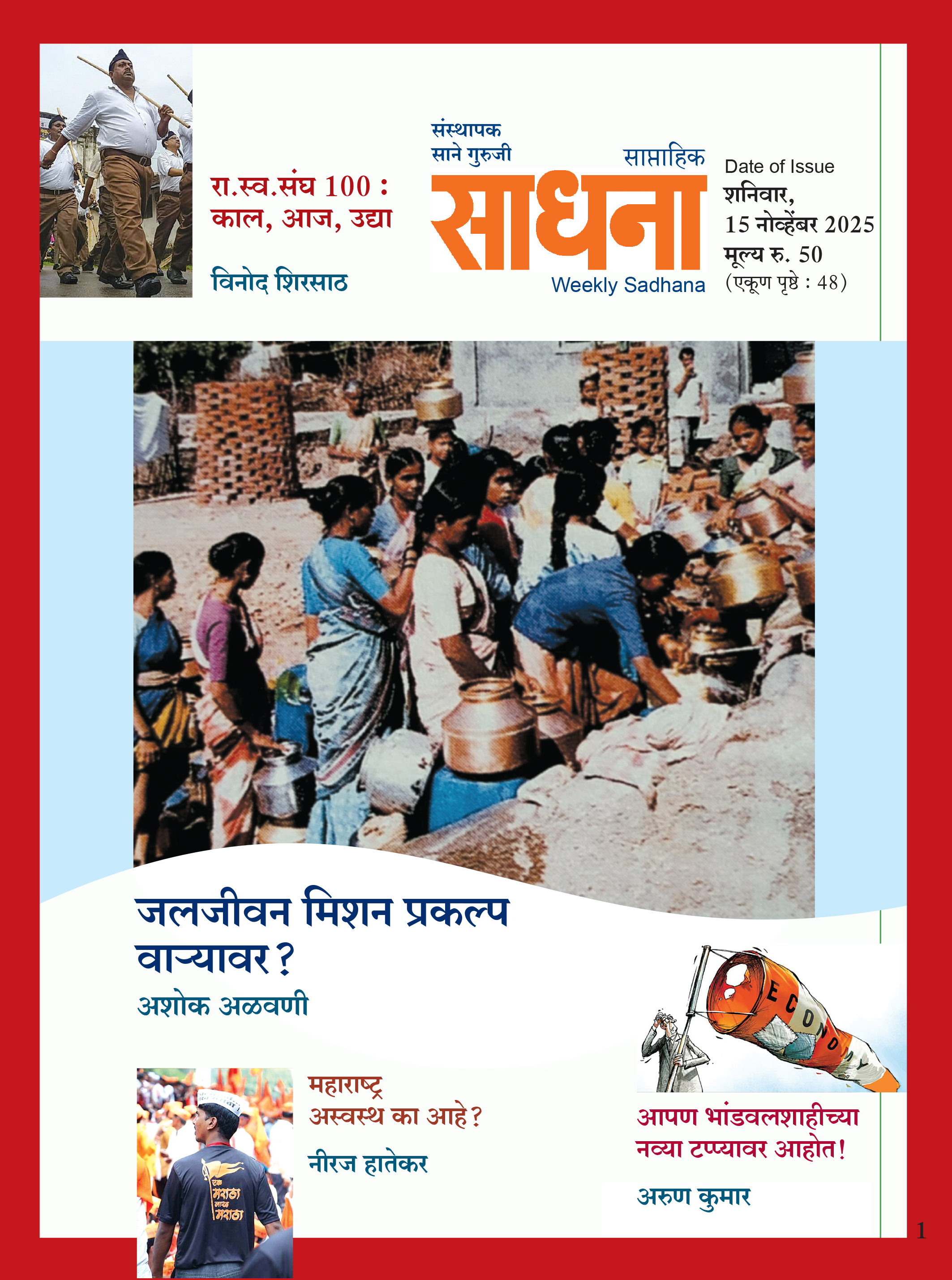





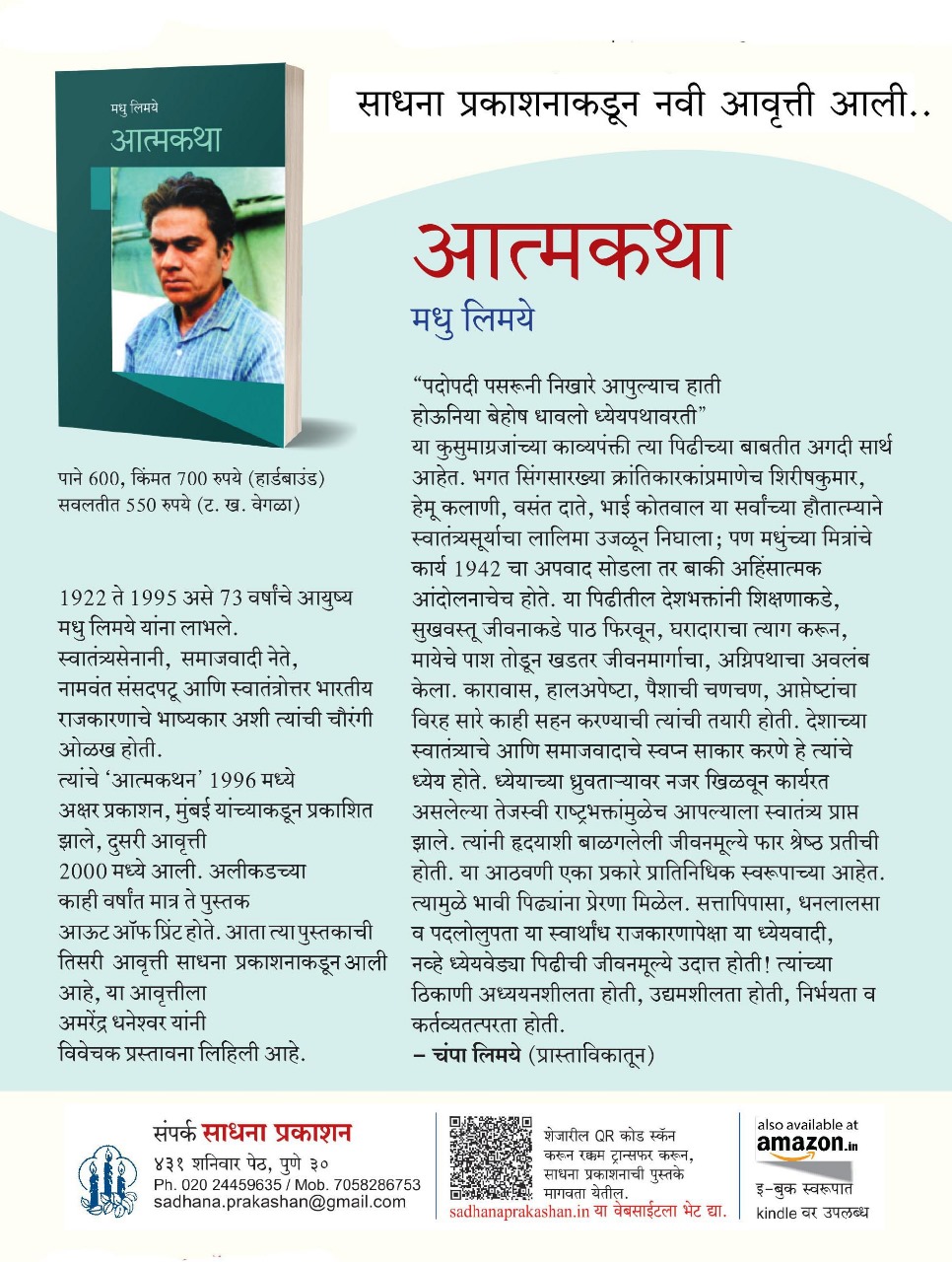



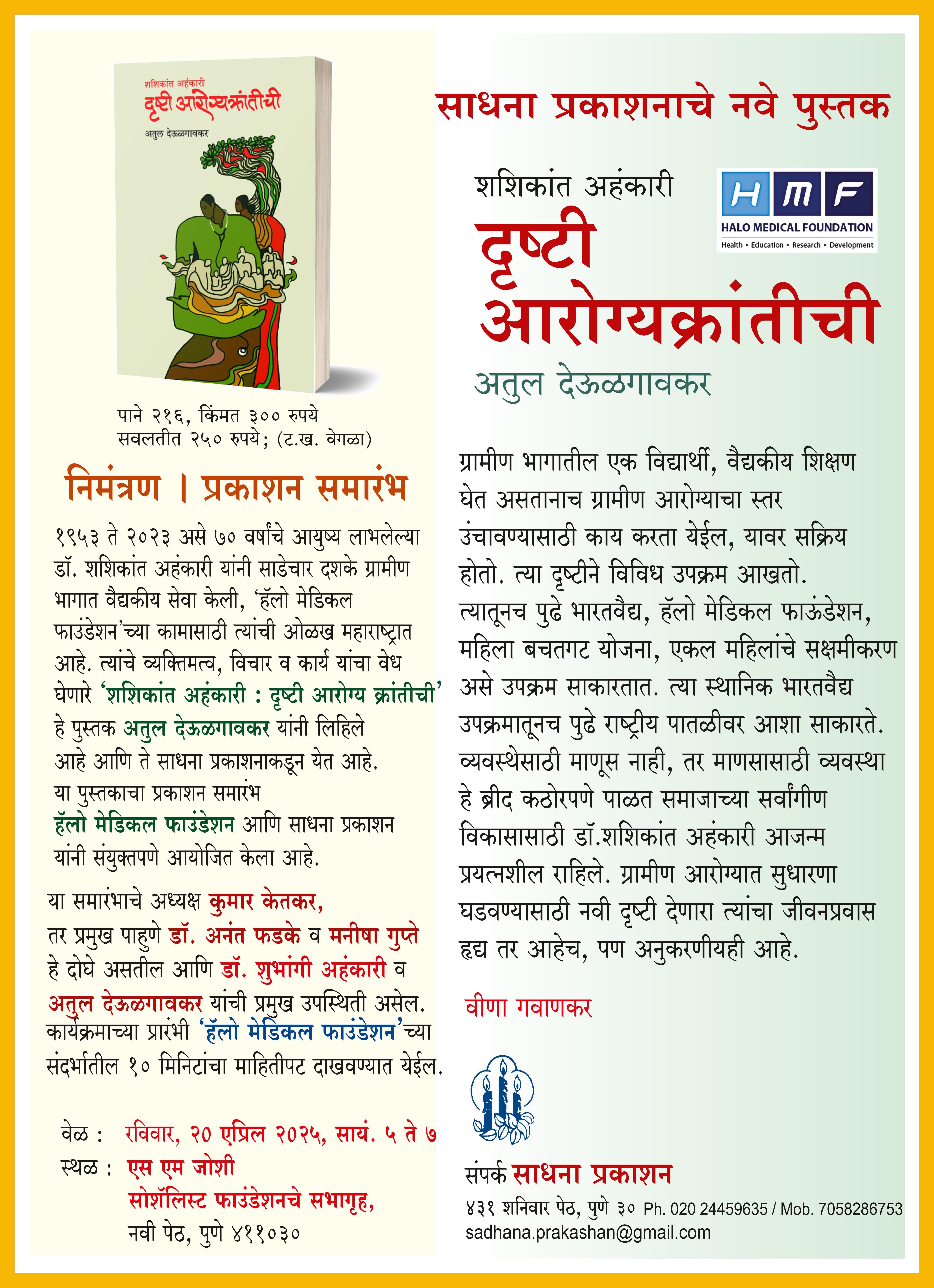



Add Comment